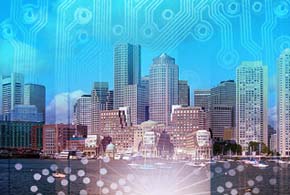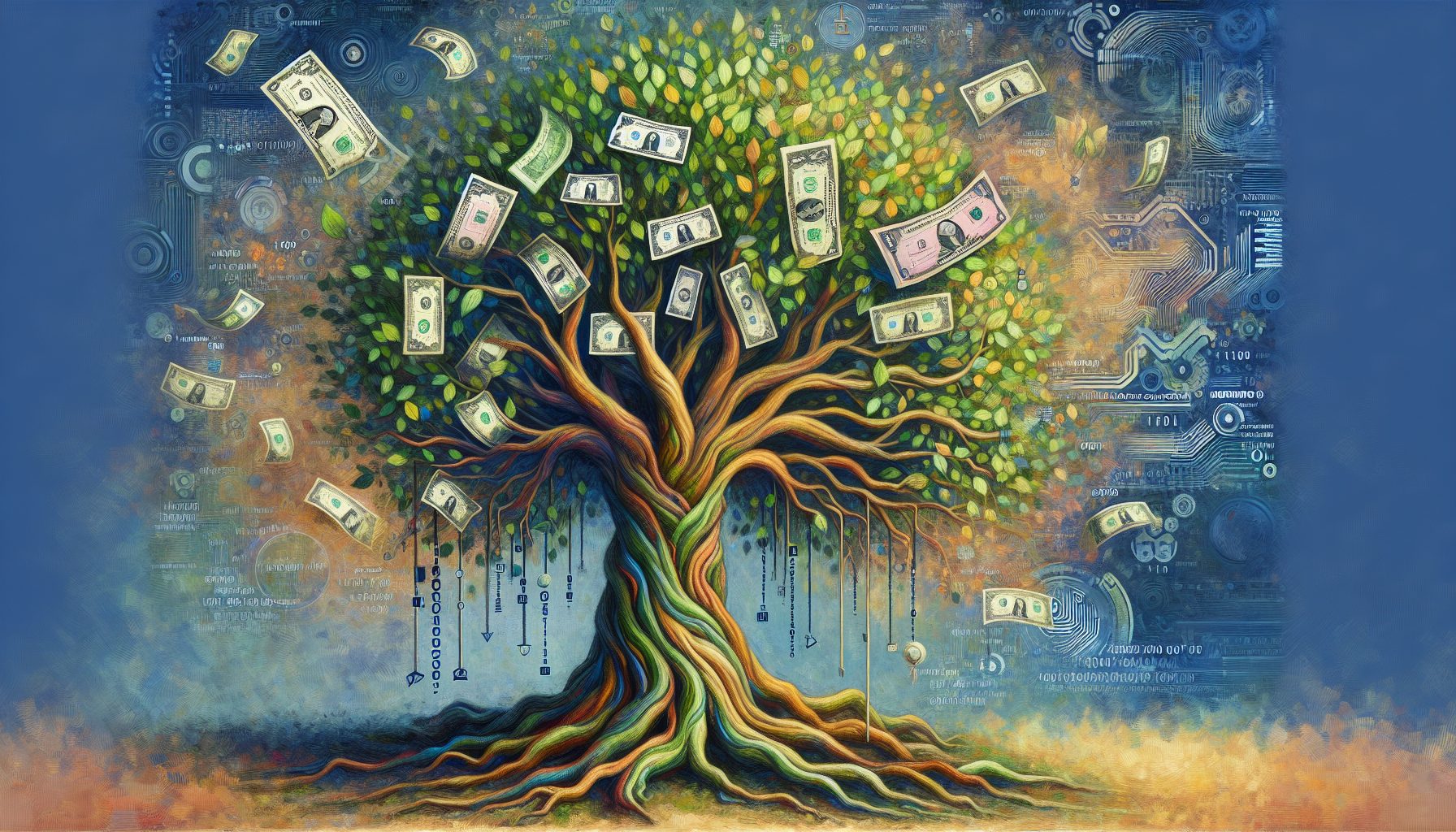One of the remarkable yet sobering realities of business is how quickly the world has become networked—and interconnected. Over the last decade, wireless technologies have extended the reach of computers to almost every corner of the planet and have left no enterprise untouched. A spate of machines—including desktop computers, laptops, tablets and smartphones—makes data available and accessible in real time.
As people and computers become inextricably linked through these technologies, the next phase of computing is already taking shape: connected objects that are part of the Internet of things (IoE). Increasingly sophisticated devices and apps—along with sensors embedded into everything from ordinary household objects to industrial machinery—are enabling businesses, government agencies and other institutions to collect information and act on it in ways that promises to redefine technology and business.
“We are witnessing a very fast transition to embedded intelligence in all sorts of items,” explains Chris Curran, chief technologist at consulting firm PwC. “The ability to extract data from a wide array of objects and devices helps businesses analyze things and gain far better insights. Instead of making educated guesses, it’s possible to tap into data and analytics in order to understand patterns, trends and behavior in a more thorough and comprehensive way.”
The Internet of things (also called the Internet of everything and, in the business world, the Industrial Internet) is expanding at a rapid clip. Cisco Systems predicts that the number of Internet-connected devices will reach 25 billion by 2015 and top 50 billion by 2020. The firm also forecasts that 99 percent of physical objects will eventually become part of a network through technologies such as cellular, WiFi, Bluetooth, RFID and Near Field Communication (NFC).
Almost anything and everything—from trees, milk cartons and medical equipment to roads, bridges, vehicles and power generators—can be equipped with sensors that collect and transmit data about consumption, usage patterns, location and more. The IoT beckons with the promise of helping manufacturers, health care providers, the military, retailers and others better track equipment, supplies and people; ratchet up marketing; understand behavior; build smarter vehicles; detect machine failures and, quite simply, understand the world in ways that weren’t possible only a few years ago.
“What’s special about connected devices is that they can continuously report about usage, operating behavior, conditions and other information,” says Vijitha Kaduwela, founder and CEO of consulting firm Kavi Associates. “They generate a lot of data that can be analyzed and acted upon.”
He points out that there are a huge number of potential sources of data and enormous diversity in the type of data that organizations can collect. “In terms of business value, this data is very complimentary to the data generated by operations, sales, marketing, finance and other departments in the enterprise,” Kaduwela explains.
Embracing the Opportunities
Businesses are beginning to spot the opportunities offered by the IoT. For example, Hawaiian Legacy Hardwoods, a Honolulu-based lumber investment and ecotourism firm that grows Koa hardwood trees, has planted more than 225,000 trees over the last four years. It allows 25 percent of the trees to be harvested and protects the remaining 75 percent through a permanent reforestation program.
The organization maintains a database that contains detailed information about each tree. In order to track its inventory, the firm has tagged every tree with passive RFID tags that contain GPS coordinates, information about seed stock and fertilization schedules. “We can keep track of pretty much any event involving the tree,” says CIO William Gilliam. “We simply scan it, record it and log it.”









